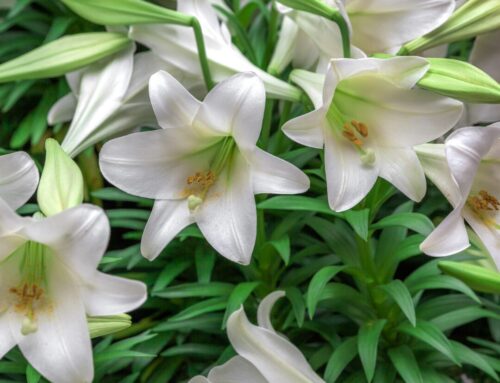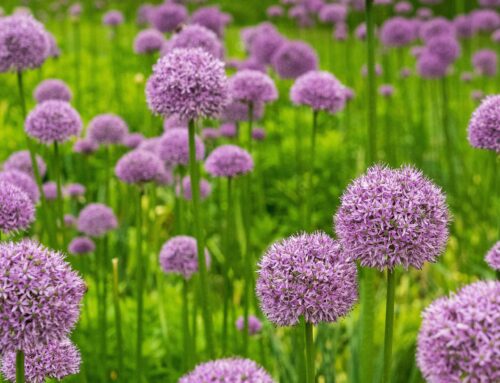Palm trees, with their towering stature and graceful fronds, have long captured the human imagination. These botanical wonders are not only synonymous with tropical paradises but also serve as vital components of various ecosystems around the world. Their ability to thrive in diverse environments, from arid deserts to lush rainforests, reflects their remarkable adaptability and resilience. Palm branches are incredibly symbolic to religion as well. Palm Sunday celebrates an event in the Christian religion where members of a church will hold precessions with palm branches.
Fun facts about palm trees:
- Ancient Symbolism: Palm trees have been revered by numerous cultures throughout history. In ancient Egypt, the palm was associated with immortality and was often depicted in art and architecture. Similarly, in Mesopotamia, palm branches were symbols of fertility and abundance. In ancient Rome, palm branches were awarded to victorious athletes and military heroes as a symbol of triumph and honor. This tradition of using palm branches to signify victory has persisted through the ages and is still observed in various ceremonies and festivals worldwide.
- Versatile Uses: Almost every part of the palm tree has practical uses. The leaves are utilized for thatching, weaving, and as material for handicrafts. Palm oil, extracted from the fruit, is a valuable commodity used in cooking, cosmetics, and biofuel production. Even the trunk of certain palm species can be harvested for timber.
- Longevity: Some species of palm trees are known for their extraordinary lifespan. The mighty California Fan Palm can survive for over 200 years, while the famous Coco de Mer palm, native to the Seychelles, can live up to 800.
- Diverse Varieties: There are over 2,500 species of palm trees, ranging from the diminutive Dwarf Palm to the towering Royal Palm. Each species exhibits unique characteristics, from the feathery fronds of the Queen Palm to the iconic silhouette of the Date Palm.
- Botanical Wonder: The palm tree isn’t a tree at all. Rather, it’s a large perennial woody herb. The palm family Arecaceae is the only family under its order, Arecales. Close relatives include bamboo, grass, and banana trees.
As we commemorate Palm Sunday, let us not only reflect on the religious significance of this occasion but also take a moment to appreciate the awe-inspiring beauty of the palm tree. In a world often beset by turmoil and uncertainty, the steadfast presence of palm trees serves as a reminder of nature’s resilience and the timeless cycle of renewal.





